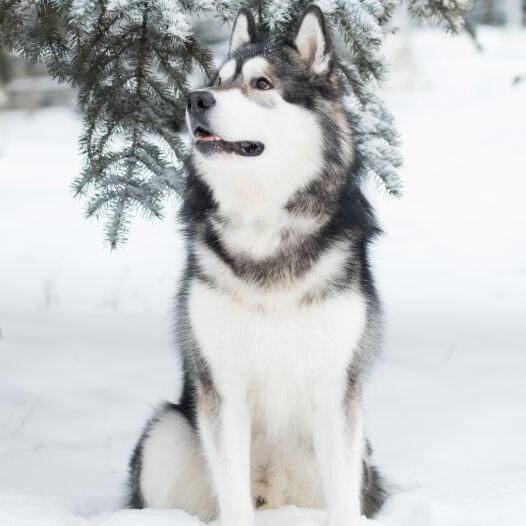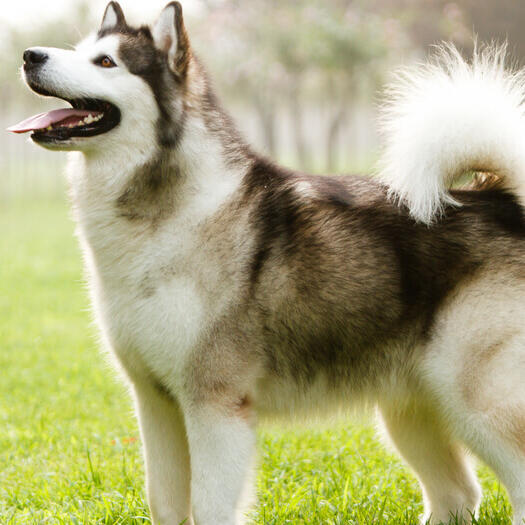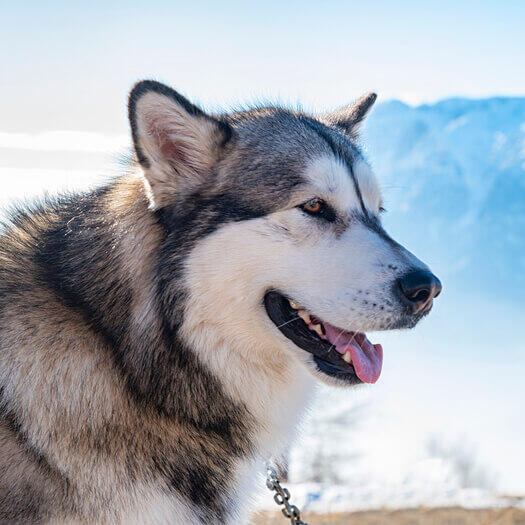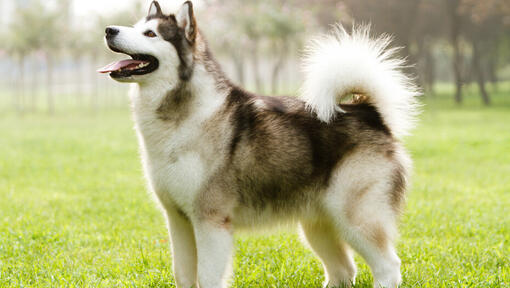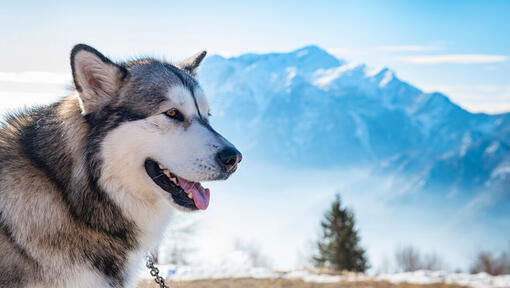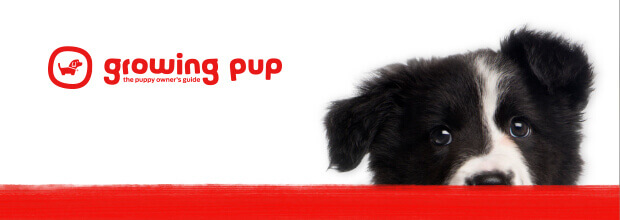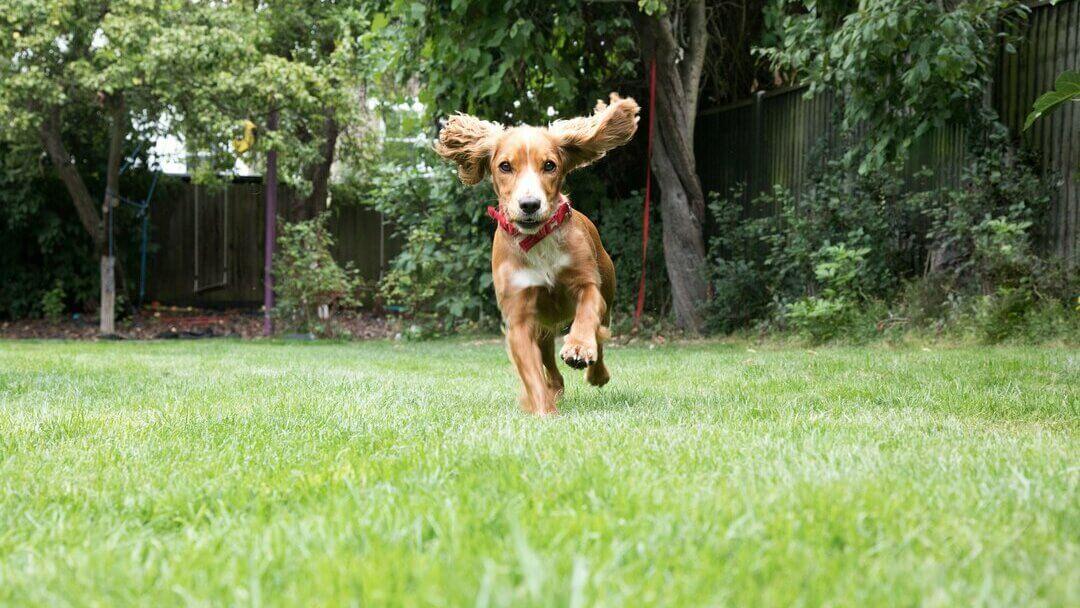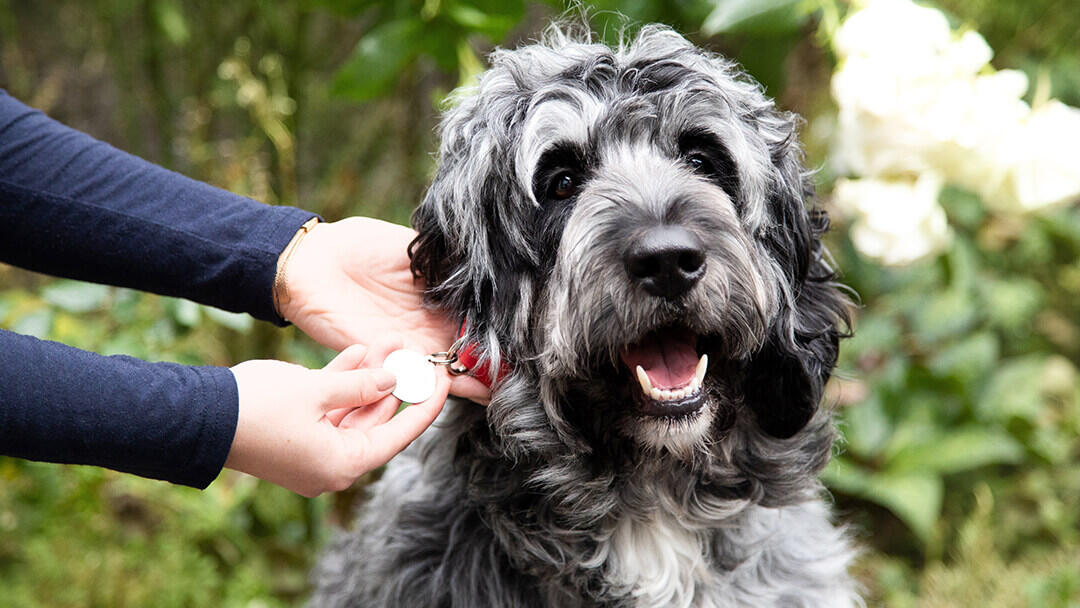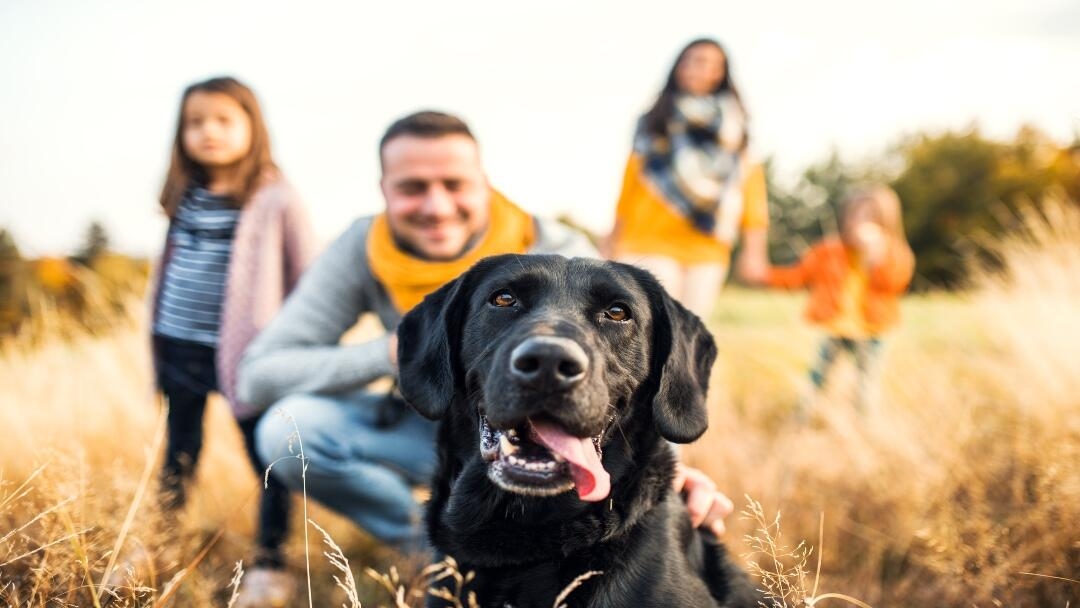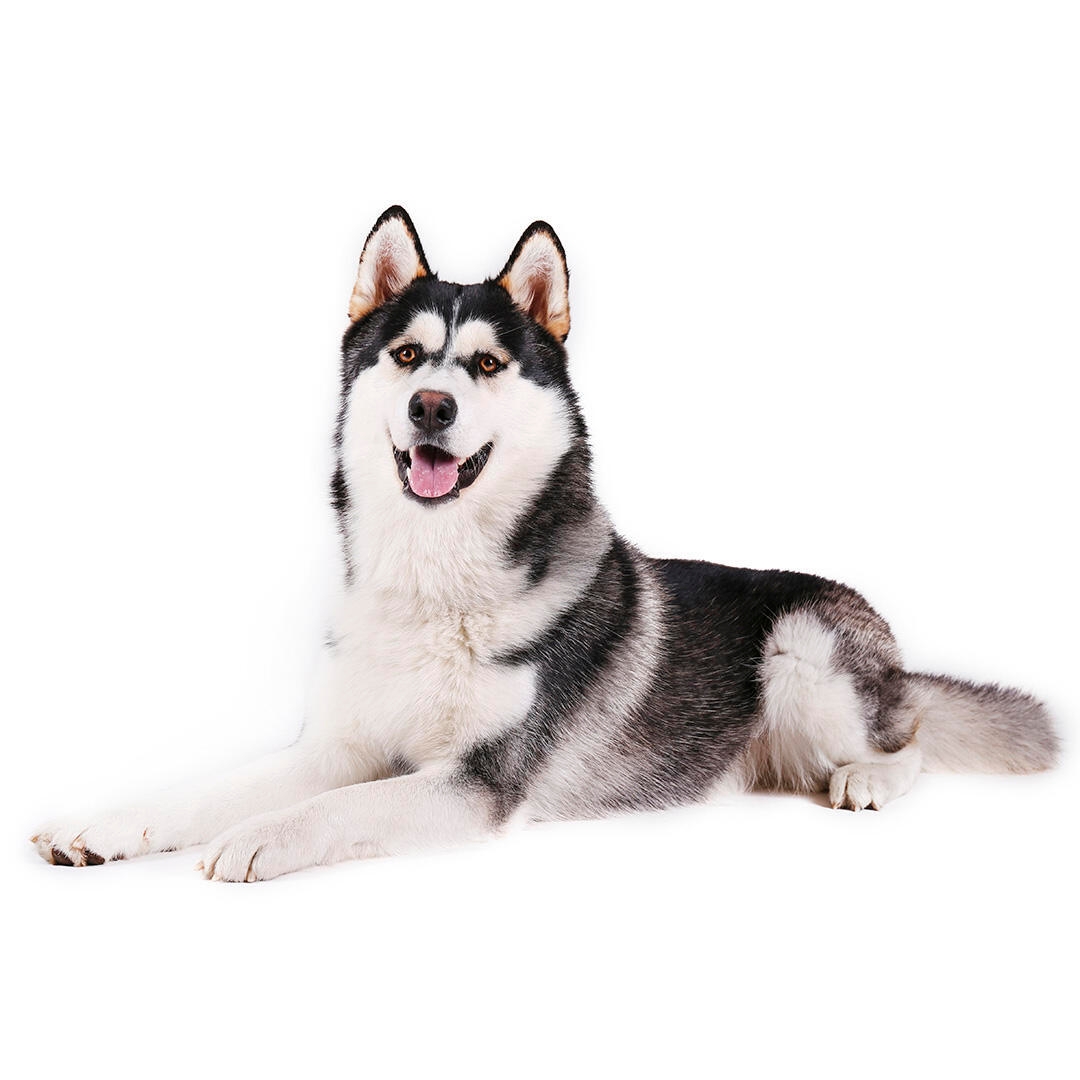
When outsiders began to arrive in Alaska, the sport of sled-racing become popular. The Malamute wasn’t best suited for this as they were built to pull heavy loads over long distances rather than for speed. This led to outsiders crossing the Malamute with smaller faster dogs and the original breed went into sharp decline. Fortunately enough, there were parts of Alaska too remote for visitors, and enough dogs remained to recreate the breed and by 1936 the breed was recognised by the AKC and their future secured.
